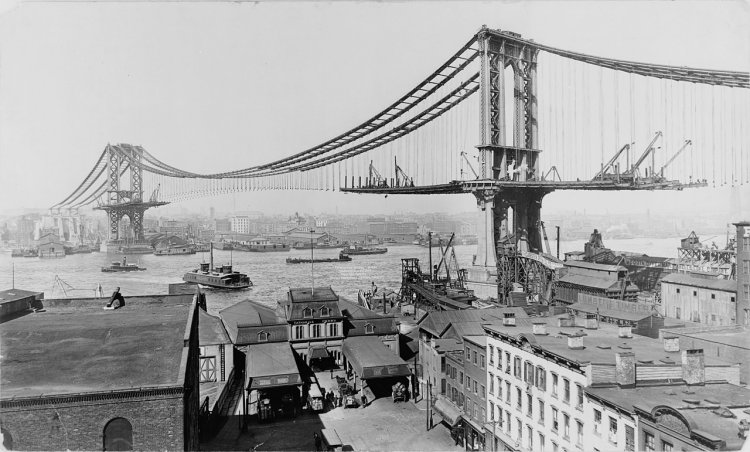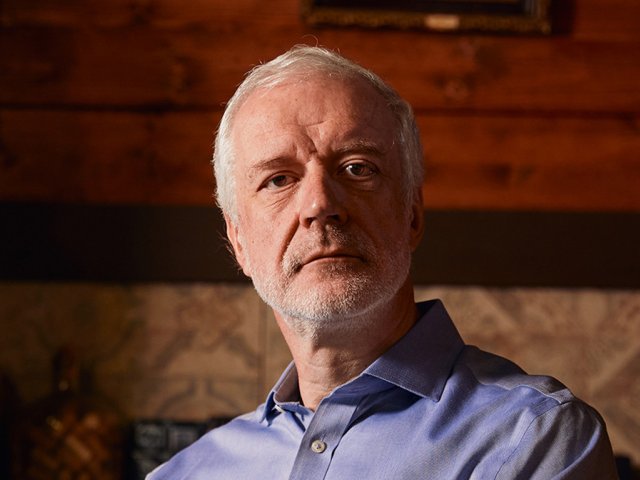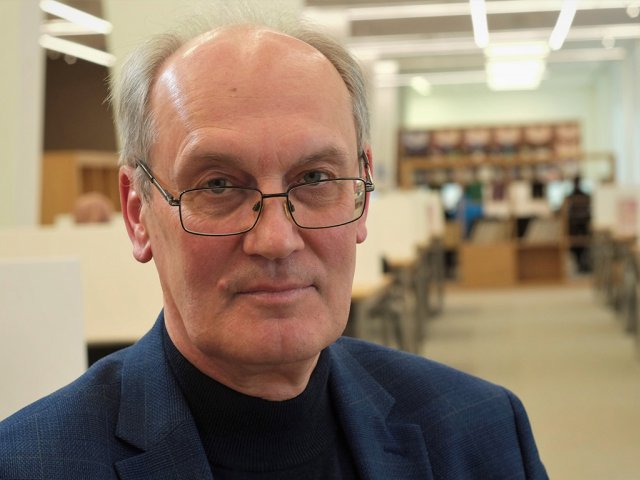Millennia ago, people learned to connect one point with another: above ground or water. First, rope bridges were created, and then wooden and stone bridges appeared. Later, engineers realized that cast and wrought iron, structural steel, and concrete can be used to build reliable structures. The history of bridge construction is not frozen in time and space, unlike the bridges themselves. It is developing: new solutions, increased safety, and building records in height and length. Today we will speak about the “connectors” that are so necessary for people
The pioneers
The industry has become a catalyst for the development of many areas and the emergence of new technological innovations. This is how railway communication, telegraph, and capital bridges appeared. However, first bridges originated in the ancient era. These were simple support beams: flat stones or tree trunks that were placed from a stream’s one bank to the other. But this method did not help everywhere. Where the distance was great, a suspension bridge made of grass or vine ropes stretched over the water or ravine. Of course, with such a bridge there was no question of safety and reliability: sometimes it was possible to cross the river only once.
Then the history of bridge construction moves to Ancient Rome. Bridges were built there to help soldiers during military campaigns and differed markedly in all characteristics. They were stronger, more reliable, and even more beautiful. The Romans used round-arched forms. This made the spans longer than stone beams, and therefore the bridges became much more durable than their wooden predecessors. Sometimes it was necessary to provide several arches due to rivers’ latitude. And then it was important to consider strong building supports. Sometimes this was a problem: when piers could not be built on the rock. But even here the Romans found a way out: they came up with what is now called a cofferdam, a caisson – a fence that was created temporarily from wooden piles. These were driven directly into the riverbed to create a shell, which was often sealed with clay. In the water, inside the ring of piles, a ring was formed, where stones were filled in and formed a support. There are almost no bridges built using this technology. You can see only a few, among them – Ponte Sant'Angelo in Rome stands on the foundation of the cofferdam, built in the Tiber River more than 1800 years ago.
Ponte Milvio, Rome, Italy. 190 BC. 20th-century photo
Anji Bridge, China. 7th century BC. Modern photo
The Romans perfected the technique of building arched bridges. But it emerged much earlier: arched bridges are the heritage of ancient peoples of Mesopotamia, Greece, etc. Such constructions have been preserved throughout the Great Silk Road. For example, Anji Bridge in China, which connects two banks of the Xiao River, with a unique design and a span length of 37 meters. The bridge has been through many floods and wars, and despite this, it still operates.
Medieval ancient bridges
From the picturesque paintings of medieval castles, we are familiar with the pointed curves of windows, doorways, and arches of bridges. The decision to sharpen the arch was not just an aesthetic innovation but pursued a purely practical goal – the crown’s tendency to sag became less dangerous, and the horizontal thrust at the abutments decreased.
The longest preserved wooden bridge (150 m) in the village of Shueretskoye, Republic of Karelia, Russia
In medieval times, bridges found many new practical uses: chapels and shops were built on them, and sometimes they were reinforced with towers and ramparts. And later they came up with a drawbridge – an innovation known from movies about the Middle Ages.
The most famous bridge of those years is the Old London Bridge. Its construction began at the end of the 12th century supervised by Peter of Colechurch, a priest, and was completed in 1209. By the standards of that time, it was a large-scale project. The project provided for as many as 19 pointed arches with a span of 7.2 meters (24 feet) and support on six-meter piers. But in fact, their width varies from 4.5 to 10.2 meters due to obstacles during the construction of cofferdams. For all the time of its existence, it was often necessary to repair the bridge due to the poor quality of construction in different places. Nevertheless, the structure has stood for more than 600 years, opening the way from one bank to the other.
Iron solutions
As time went on, bridges were built of wood and stone, but after the Industrial Revolution, engineers found a new material that was stronger than stone and cheaper. Thus begins the history of iron bridges. The first one spanned the River Severn near Colebrookdale, in England. It was designed by Thomas Pritchard and built by Abraham Darby in 1779. Cast-iron pieces were joined in the structure. The bridge itself was created in the form of a ribbed arch, an almost semicircular 30-meter (100 ft) span of which imitates a stone structure.
The construction of bridges made of metal solved another task – liberating the designers’ imagination. As a result, chain suspension cables were used to carry loads through tension.
Using this technology, Telford’s Menai Suspension Bridge was built spanning the Menai Strait in North Wales. The project was completed in 1826. And at that time, its 174-meter (580 ft) span was considered the longest in the world. After a while, the bridge was not replaced, as it usually happens, but modernized: in 1893, steel deck replaced the wooden one, and in 1940, steel chains came after rusted forged ones. The bridge remains today.
The first iron bridge became a symbol of the industrial revolution, after which such structures made of new material began to be erected all over the world. In Russia, the first iron bridge spanning the Yenisei River was opened in 1899. The bridge got a gold medal award at the 1900 Paris Exhibition and was later recognized by UNESCO as the “pinnacle of human engineering.”
Modern history
The history of bridge construction has not stalled. Knowledge of many sciences helps to build strong and safe bridges even in the most difficult natural conditions. For example, in 2007, the Changhua-Kaohsiung Viaduct was erected – the second-longest bridge in the world, which serves as part of Taiwan’s high-speed rail network. With the length of 157.3 km, it stretches from Zouying in Kaohsiung to Baguashan in Changhua County. The area often suffers from seismic activity, which has no impact on the bridge. It was designed to minimize earthquake damage.
China remains a leader in bridge construction in the 21st century. Gigantic structures are being built in the country, striking in their scale. For example, the Danyang-Kunshan Grand Bridge, which is listed in the Guinness Book of Records and is considered the longest bridge on the planet. Its length is 164.8 km.
CHANGHUA-KAOHSIUNG VIADUCT (TAIWAN)
HOW TO BUILD A SIMPLE BRIDGE
Step-by-step guide
We will need:
- knowledge of physics,
- accurate mathematical calculations,
- lots of resources.
-
At the first stage, we invite engineers. They inspect the area where the bridge will stand in the future, then assess the relief and the unsteadiness of the soil, calculate the depth of the foundation for structural strength.
-
Next, we conduct a computer simulation. This is necessary to make sure that the bridge will stand even in the most extreme weather conditions or if its load is increasingly high.
-
Let’s move on to the most complex and voluminous process – the design of supports. Their foundations can be both under or above water.
-
Construction of spans. Heavy machinery will be needed here: cranes, pushing devices, etc.
-
We clean up the construction site and test the structure because safety and reliability are of vital importance.
Photo on the homepage: SPETSTROI
Photo on the page: wikipedia.org


























